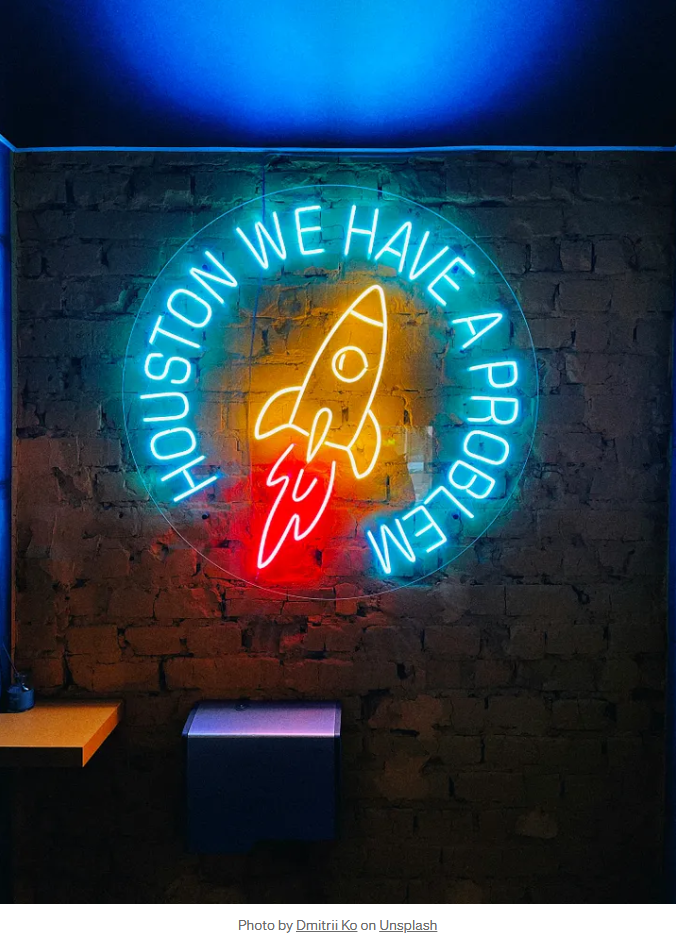.svg)

The Career Ladder is a Lie. It’s Time to Build Your Career Lattice.
Why the new generation’s “lily pad” approach to work isn’t lazy — it’s the strategic blueprint for the future of your career and your company.
For generations, we’ve been sold a simple story: get a good job, keep your head down, and climb the corporate ladder, one step at a time. This vertical ascent was the very definition of success.
But for a growing number of us, that ladder feels less like a path to success and more like a cage. It’s unstable, the steps are too far apart, and often, it’s leaning against the wrong wall entirely. Today’s workforce, led by the strategic mindset of Gen Z, is challenging this outdated model. They’re not rejecting ambition; they’re rejecting the rigid, one-way path.
They are trading the ladder for a lattice.
This new approach is about moving horizontally and diagonally, hopping from one “lily pad” to another. Each move isn’t a step down or a lateral stall; it’s a strategic acquisition of new skills, experiences, and perspectives that fit personal and professional goals in the moment. It’s not about finding a forever job, but about building a forever-employable self.
And this shift is powered by one transformative idea: a Skills-Based Model.
The Blueprint for a Modern Career: The Skills-Based Model
Imagine you could see every opportunity not by a job title, but by the skills required to succeed. The Skills-Based Model does exactly that. It deconstructs rigid positions into a fluid collection of capabilities.
This isn’t just semantics; it’s a game-changer for how we view talent:
- For Individuals: You are no longer defined by your last job title. A “Sales Manager” isn’t just a sales manager; they are a skilled negotiator, a data analyst, a public speaker, and a project manager. A skills-based view opens up parallel opportunities in customer success, marketing, or even operations that you — and your potential employers — would have otherwise missed.
- For Companies: You stop searching for the “perfect candidate” with a 10-year linear history. Instead, you look for individuals with the core skills to solve your problems. This widens your talent pool, improves internal mobility, and creates a more resilient workforce that can adapt as AI and market shifts make old job titles obsolete.
This model is the only way to prepare for a future where adaptability is the most valuable currency.
What’s Holding Us Back? 15th-Century Tools and 20th-Century Mindsets
If this approach is so obviously better, why are we still stuck? Because the infrastructure of hiring is fundamentally broken, built on two outdated pillars:
1. The Relic: The Traditional Resume Leonardo da Vinci is credited with writing the first resume in 1482. While a brilliant innovation for the 15th century, the fact that we still use this static, backward-looking document in the age of AI is absurd. A resume tells a story of what you did, not what you’re capable of doing. It’s a vertical list of titles that reinforces the ladder-climbing myth and completely fails to capture your transferable skills and future potential.
2. The Gatekeeper: The Outdated Hiring Process Today’s “gatekeepers” — from Applicant Tracking Systems (ATS) to recruiters trained in old methods — are designed to filter, not to discover. They are human-level keyword searches, screening for titles and timelines that match a rigid job description. This process frustrates talented candidates who don’t fit the perfect mold and causes companies to miss out on incredible, non-obvious talent.
It’s a system designed for a world that no longer exists.
The Future is Already Here: From Gatekeeper to Talent Analyst
The good news is, this change is already underway. Forward-thinking companies are dismantling their old processes and re-skilling their People Operations teams. The role of HR and recruiting is shifting from “gatekeeper” to “business analyst” or “talent strategist.” Their new job is to understand the core skills that drive the business and identify those capabilities in both internal and external candidates, regardless of their previous title.
This requires a new partnership between humans and technology. AI can’t do it alone; its rules-based logic needs constant human feedback and strategic direction. The future isn’t full automation; it’s using technology to handle the workflow so humans can focus on what they do best: engagement, strategy, and seeing the potential in people.
This isn’t a distant fantasy. The systems needed to power this shift are being built now. (Full disclosure, my company, Scoutr, is one of a handful of platforms founded on this skills-first architecture).
A future where companies and individuals communicate with clarity, transparency, and a shared understanding of skills is not just possible — it’s inevitable. It’s a win-win: companies build more agile, productive teams, and individuals build more meaningful, resilient careers.
Gen Z isn’t lazy; they’re lucid. They see the future clearly. The only question is, are we ready to build it with them?
Latest Articles
Interviews. Applications. Candidate recruiting. Employee onboarding. The world of recruiting has no limit. Start with our blog if you don’t know where to begin.




